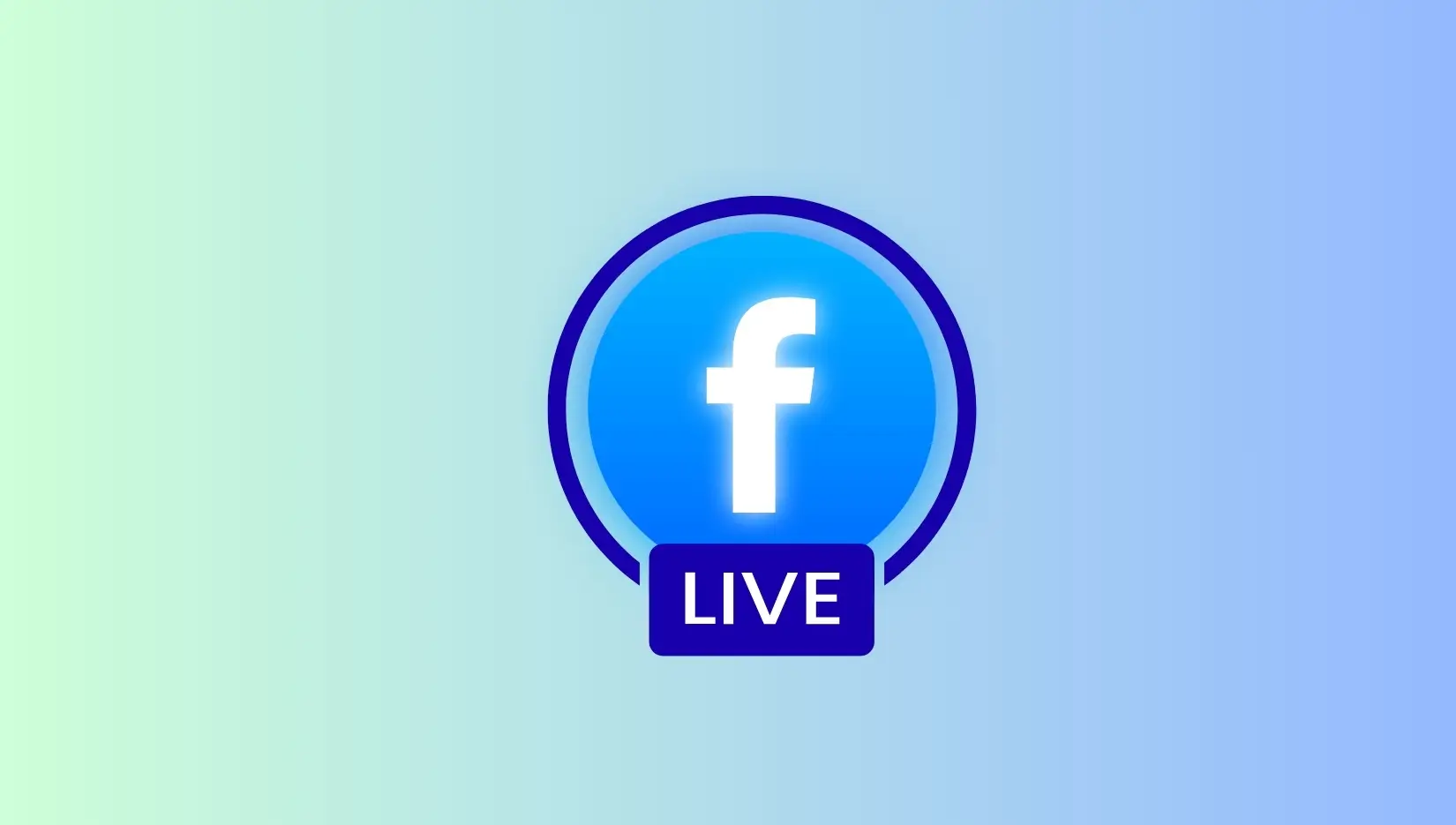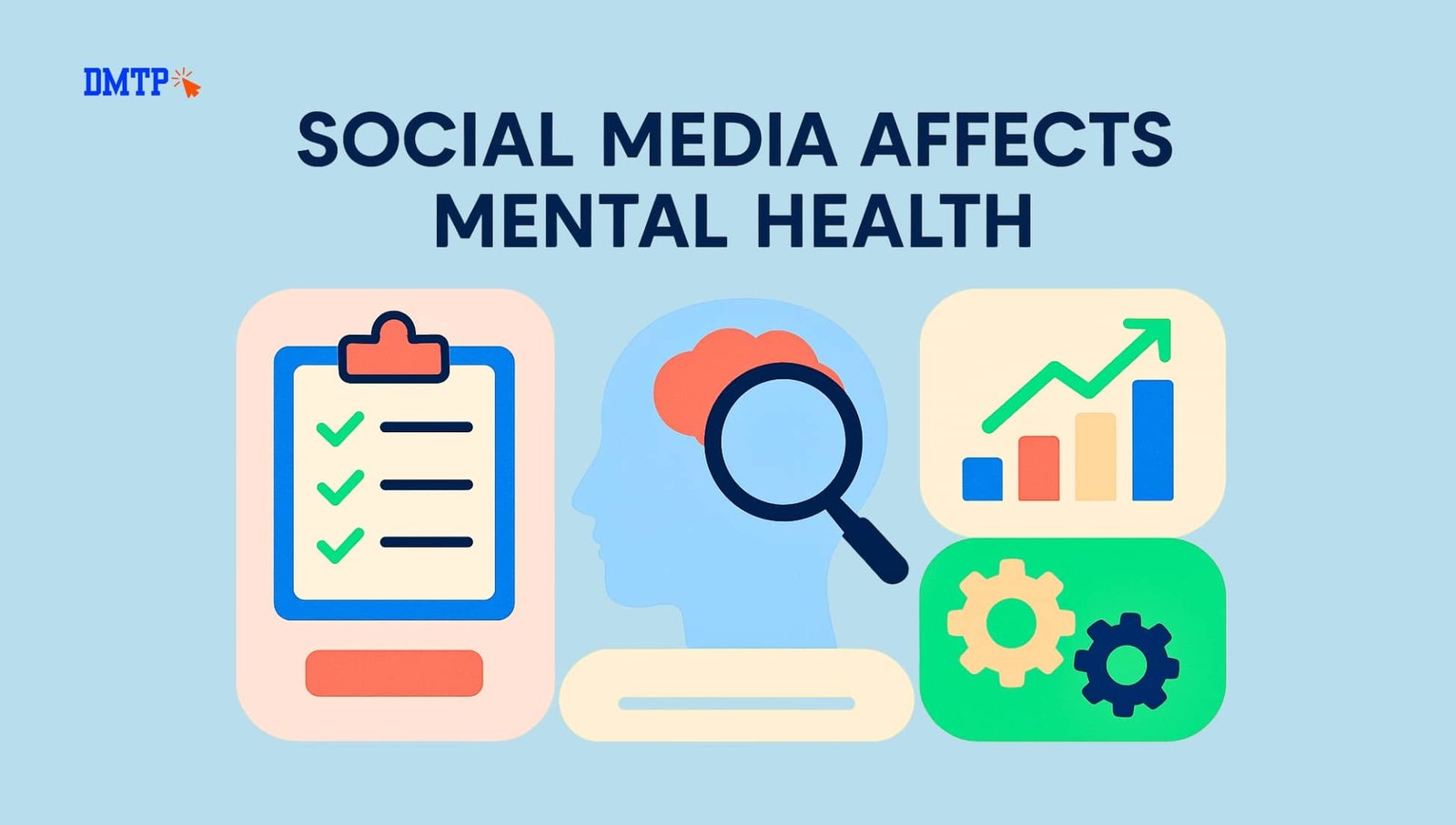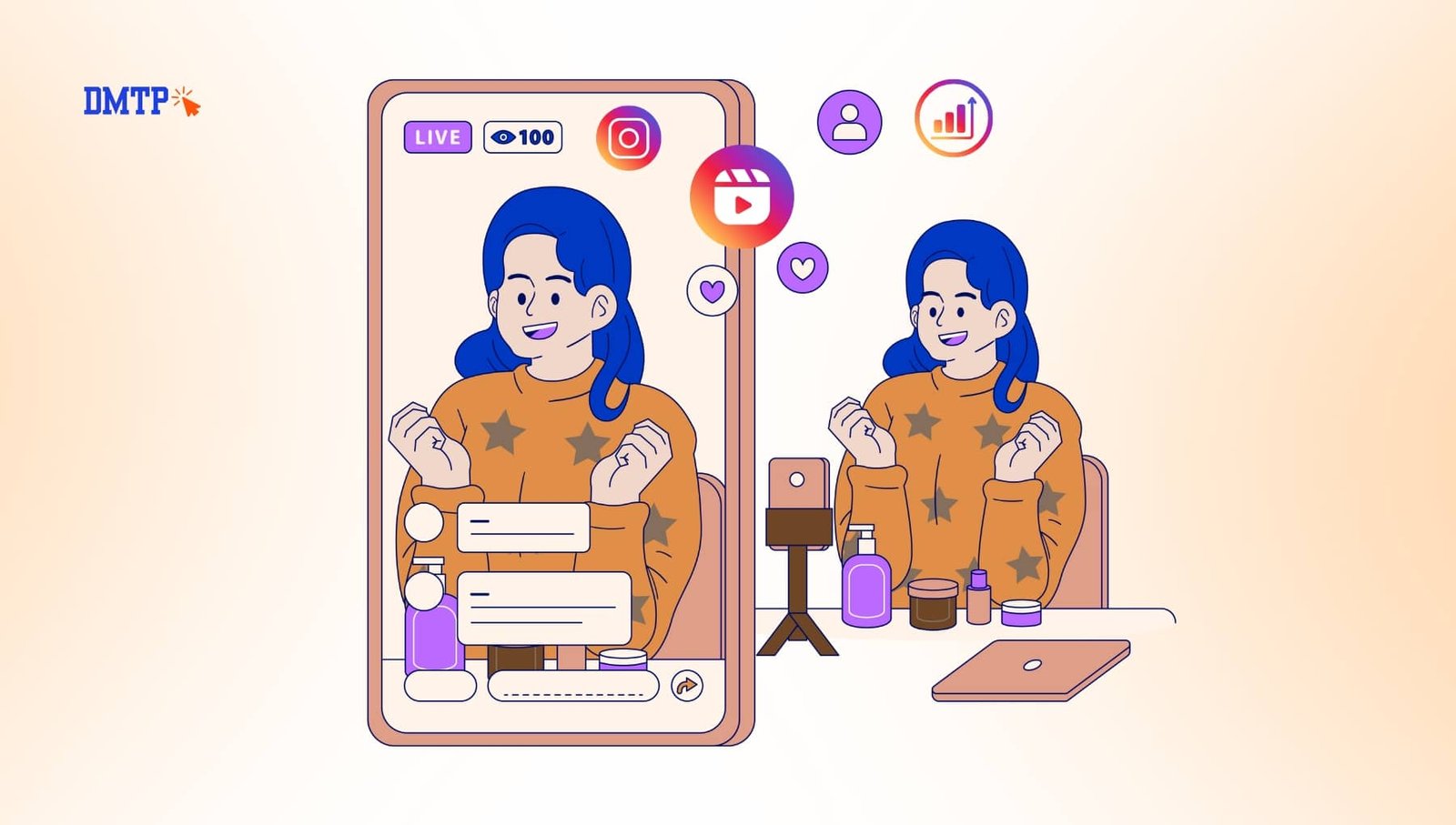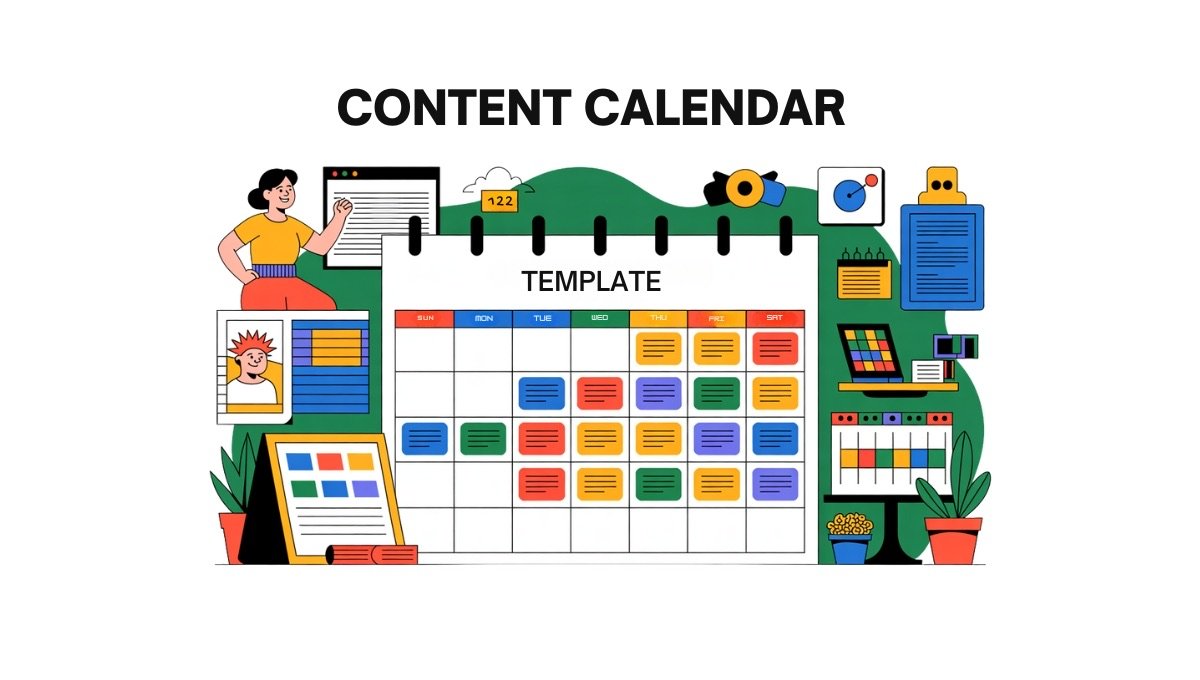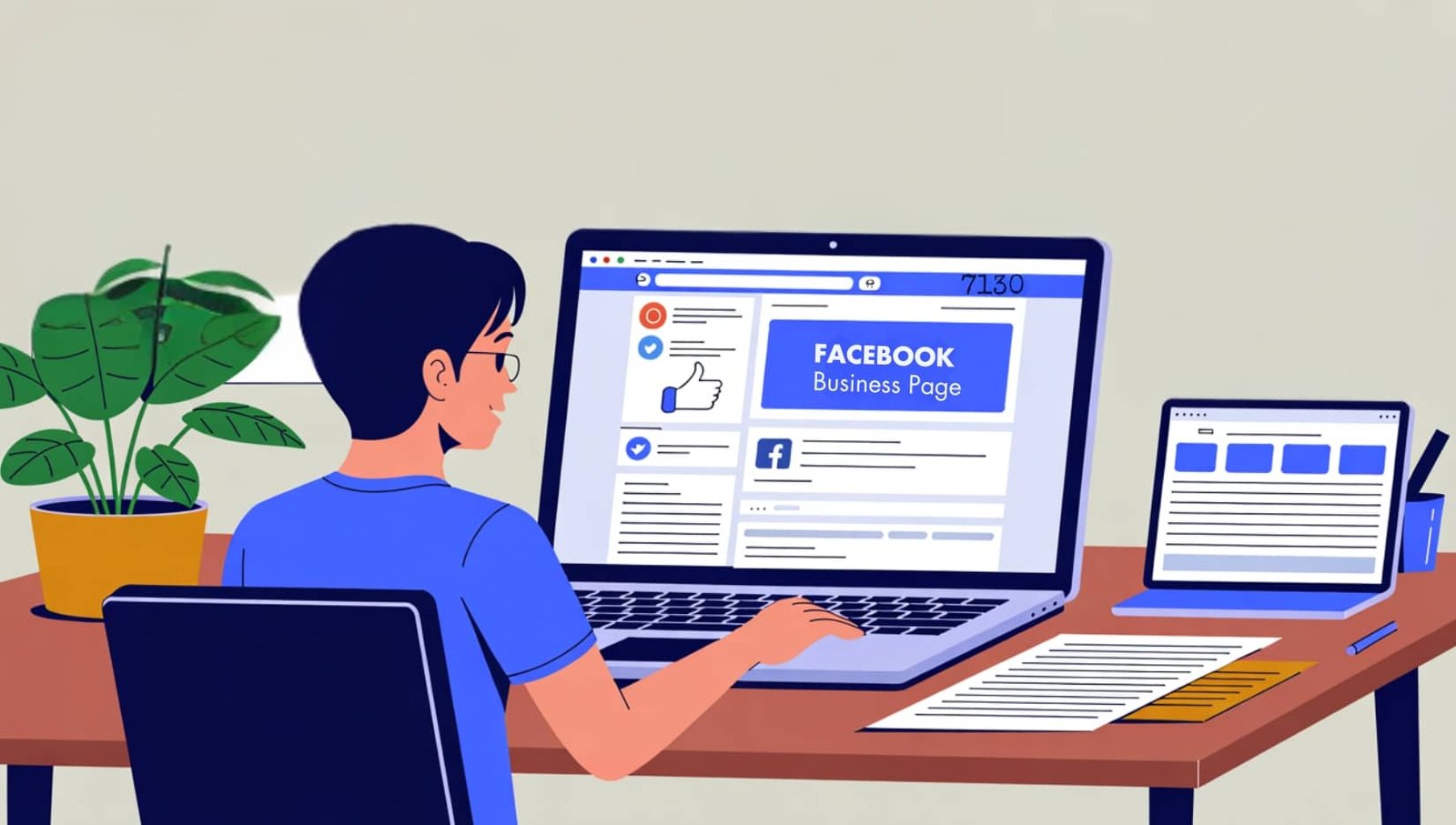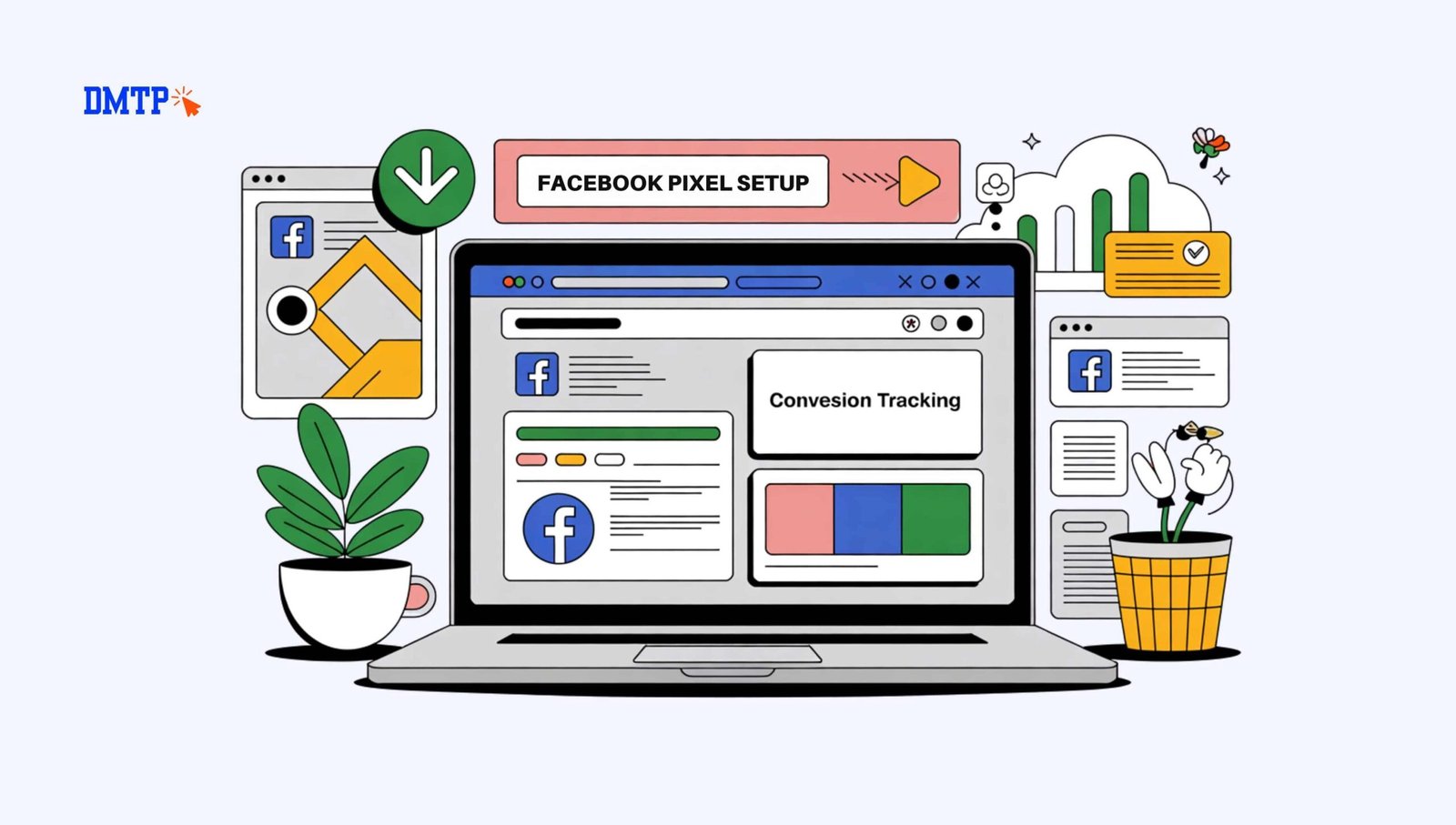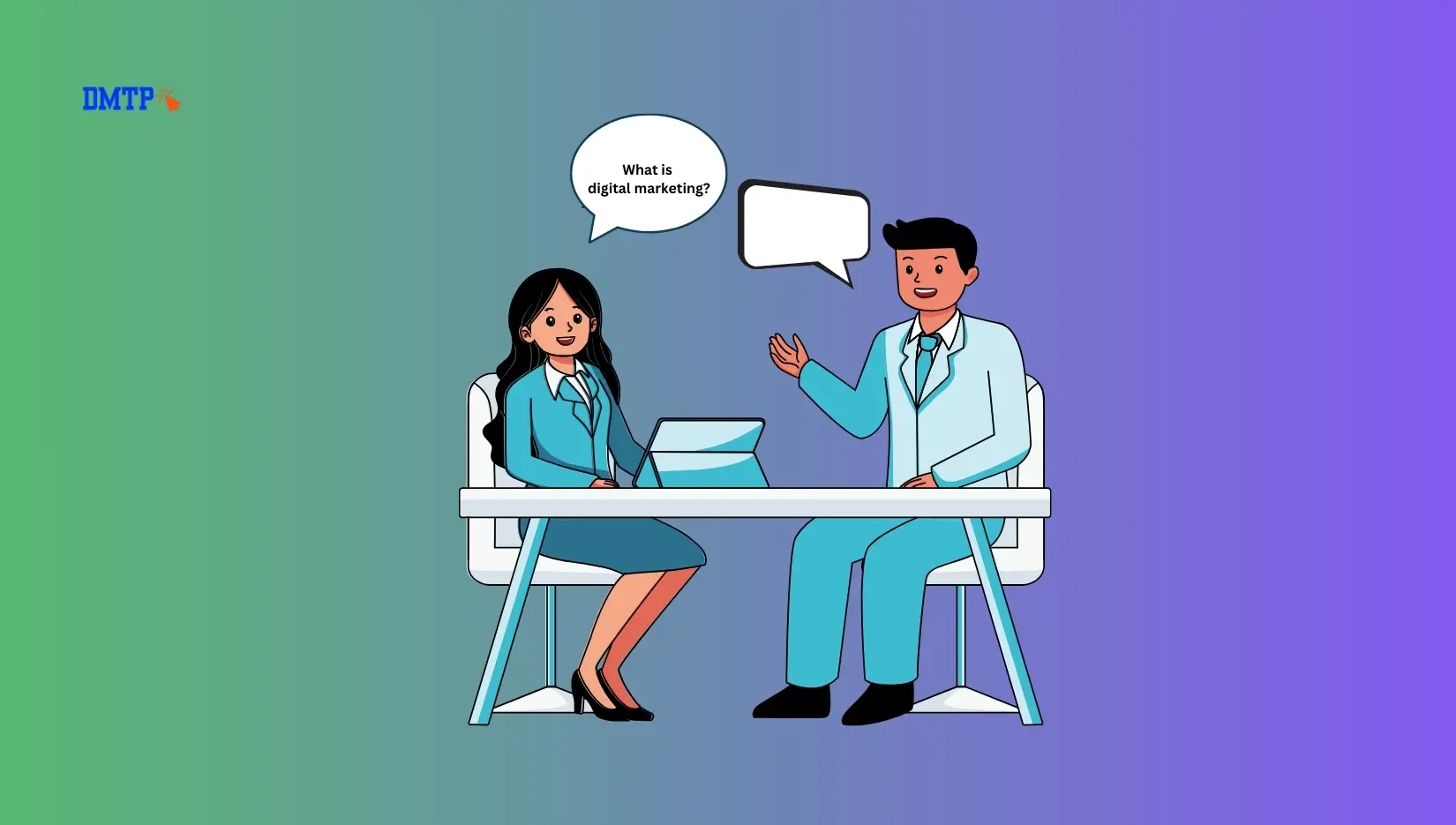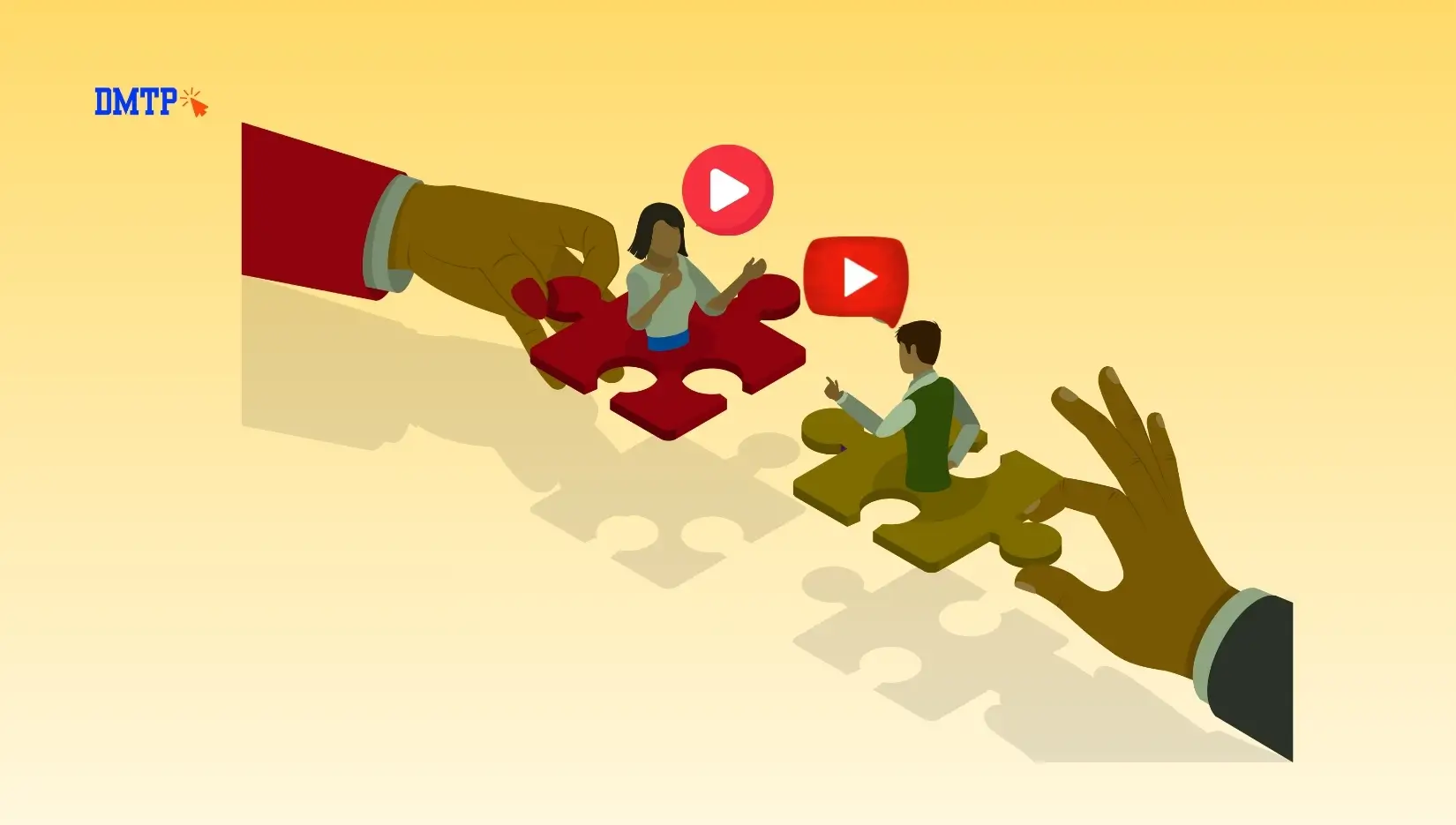Introduction
If you’ve used Facebook Live to connect with your viewers, you might have noticed a shocking modification. Facebook doesn’t keep your live broadcasts forever; instead, they’re removed after 30 days.
For businesses, creators, and communities, this shift has important questions to answer: Why this change? Do you know what happens to previous streams? Most importantly, how do you ensure that your hard-earned work does not disappear?
We’ll explain what’s going on with this 30-day deadline, the reasons Facebook took the decision, and what ways you can keep your content running for you even after the broadcast is over.
Table of Contents
- Why Did Facebook Add the 30-Day Deletion Policy?
- What This Means for Creators and Businesses
- The hidden dangers of content disappearing
- How does engagement affect strategy
- How to Save and Repurpose Your Live Streams
- Download options
- Re-uploading on other platforms
- Repurposing into shorter clips
- Best Practices for Live Streaming in 2025
- FAQs About Facebook Live Video Deletion
- Conclusion
Why Did Facebook Add the 30-Day Deletion Policy?
Meta hasn’t released a grand announcement on it; however, the rationale isn’t difficult to understand. According to the industry watchers and updates on platforms, three primary reasons explain the change:
- Storage costs on servers: Hosting endless hours of live broadcasts — the majority of which have a low replay value– is expensive. By removing them within 30 days, Facebook reduces the storage burden.
- Concentrate on new content: Facebook is prioritizing the speed of its updates. Live streams are created to provide instantaneous interaction, not archived for a long time. The platform encourages users to continue producing new streams instead of relying on the old ones.
- Changes towards Reels and short-form videos: Meta is heavily pushing short videos to be competitive with TikTok, along with YouTube Shorts. By limiting the length of time live streams are available, they’re urging creators to transform broadcasts into shorter, more enjoyable videos.
The change may feel like a setback; however, when you have the right approach, you can turn this into an advantage.
What This Means for Creators and Businesses
For many small-scale businesses and makers, Facebook Live has been a lifeline – an easy method of connecting with the public in real-time. In the event of losing archives after 30 days, it presents new problems.
The Hidden Risks of Disappearing Content
- Opportunities to engage in lost engagement: Some viewers can’t participate live, but can normally be able to watch later. After the 30-day time limit, the views are gone.
- SEO’s impact: Older broadcasts are used to create a searchable video library for your website. But now you can’t count on this.
- Trust in the customer: For industries like coaching, education, or even events, the ability to refer back to previous sessions was important. Automatic deletion erases this trustworthiness touchpoint.
How It Affects Engagement and Strategy
Instead of thinking of Facebook Live as a permanent video platform, the creators need to consider it as a temporary stage. This means:
- Plan broadcasts and have an organized follow-up plan.
- Capturing content to reuse for other platforms.
- Inducing urgency by reminding viewers that the replay will disappear within 30 days.
How to Save and Repurpose Your Live Streams
There’s good news: your live streams don’t need to disappear forever. With just a few measures, you’ll be able to save and make the most of them.
Download Options
When your broadcast has ended, Facebook gives you the possibility to download the video directly to your Profile or Page. Include this in your routine for posting to Facebook. Keep a high-quality copy in the archive in advance of the day that your 30 days have run out.
Re-Uploading to Other Platforms
Once you have downloaded the stream, you may publish the stream in other places, such as:
- YouTube is the perfect tool for creating an archive that can be searched for over time.
- Facebook TV and Reels on Instagram: Highlights that you have edited that your followers already enjoy spending time on.
- Your site: Embed past streams into blog articles or landing pages for additional value.
Repurposing into Shorter Clips
A 45-minute live Q&A may be overwhelming for viewers who watch it over and over again. If you break it into smaller clips, you’ll be able to:
- Social-ready short snippets to TikTok, Instagram, or LinkedIn.
- educational micro-videos that are available beyond the 30-day limit.
- Marketing emails with highlights embedded.
So, one Facebook live video could fuel many weeks of content.
Best Practices for Live Streaming in 2025
If you’re planning on making use of Facebook Live, here’s how you can adapt to the latest rules:
- Promote your event ahead of time. Treat your life as a formal event- send out your schedule, share countdown reminders, and inform your audience why they should not be missing it.
- Add value quickly. Don’t drag out intros; people tune out fast. Make sure you get to the key areas early.
- Engage viewers in live viewing. Call people by name, respond to their questions, and encourage interaction. This increases the visibility of the video is fresh.
- Make a plan of exit plan. Before you hit “Go Live,” know what you’ll do to save, edit, and reuse the video in the future.
- Make sure to test the technology regularly. Audio and lighting are more important than expensive production. Low quality could kill engagement quicker than anything else.
When you consider live streams to be events rather than resources that are permanent, you’ll be ahead of Facebook’s move to short-lived content.
FAQs About Facebook Live Video Deletion
Q1 What is the reason Facebook removes Live videos within thirty days?
Facebook implemented this rule to reduce storage costs, to encourage new content, and to help its shift to short-form video formats such as Reels.
Q2 Do I have the option of keeping my live stream on Facebook for longer than 30 days?
Not on the platform in itself. You can, however, download your live broadcast prior to the deadline and then upload it to another platform.
Q3 What happens if I do not back up my videos?
Unfortunately, it’s gone. After deletion, there’s no way to recover it. This is why having an after-stream download routine is vital.
Question 4: Is the policy universally applicable to everyone?
Yes. No matter if you’re an individual business or a creator, the 30-day limitation applies to everyone.
Q5: Should I quit using Facebook Live altogether?
But not necessarily. Live streaming still drives real-time engagement. The trick is to combine it with a repurposing strategy to ensure that your content does not disappear.
Conclusion
The automatic deletion of 30 days’ worth of Facebook Live videos is a significant shift, but is this isn’t the end of the live streaming phenomenon through the site? Instead of using Facebook as a long-term archive, intelligent creators will view each stream as an event as well as an opportunity to create content for their larger strategy.
Download each live stream on Facebook, then repurpose it in various formats, and then use an urgency-based timer to boost the audience. If you can adapt quickly and quickly, you’ll be able to be able to survive the changes and you’ll come up with ways to increase the effectiveness of each broadcast.
Also Read: Content Calendar Template: Plan Your Content